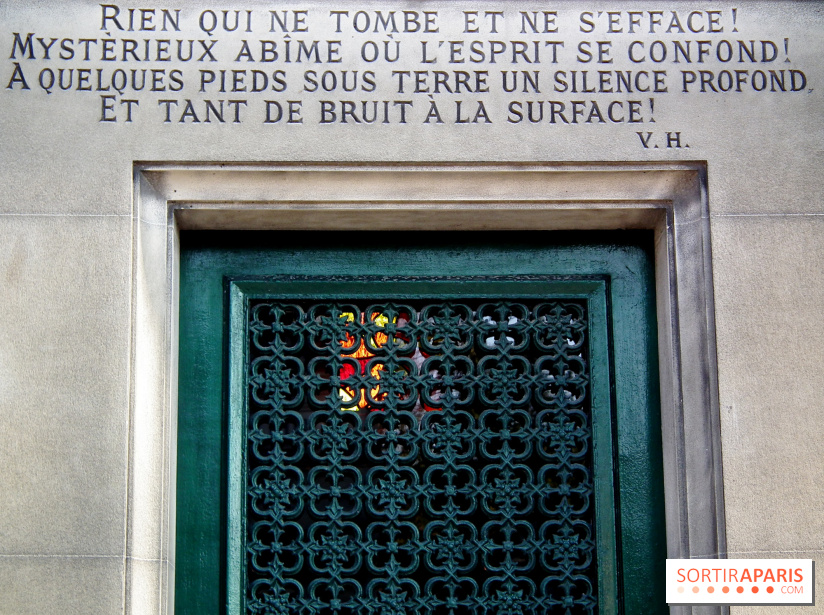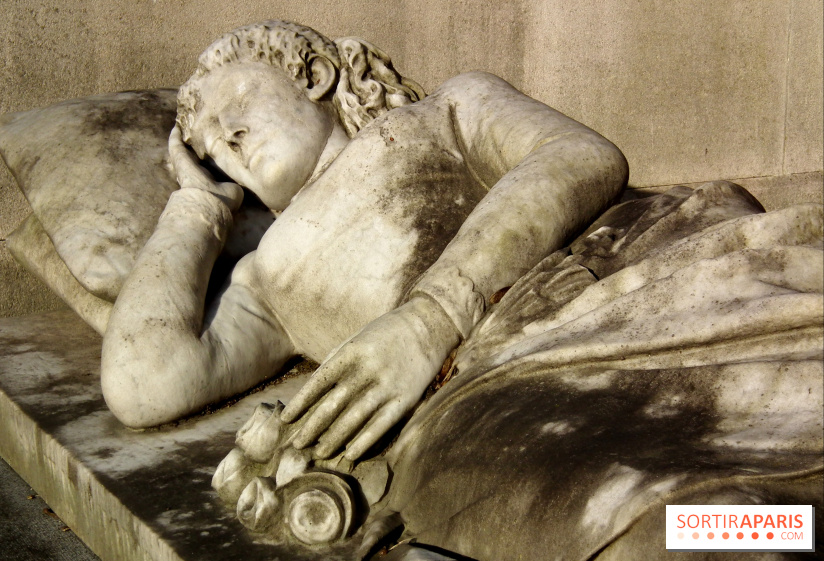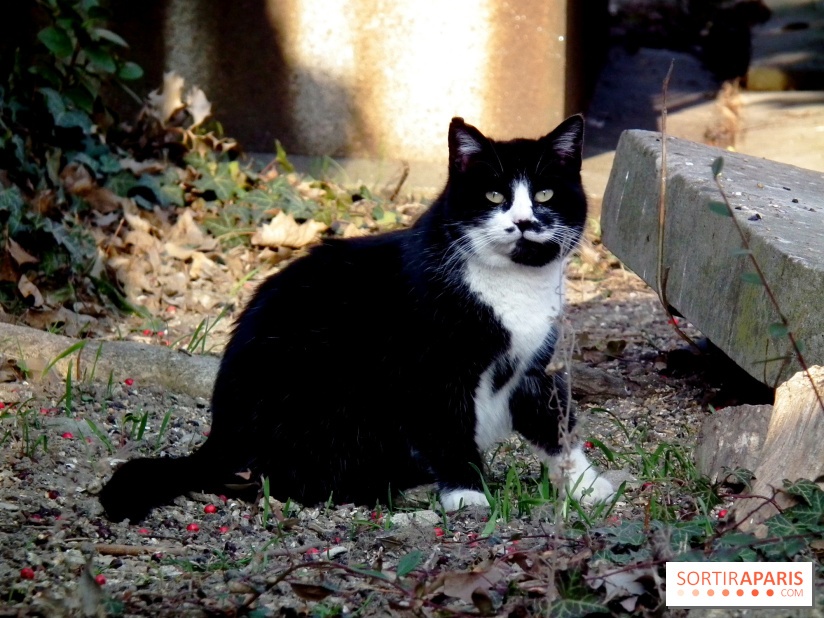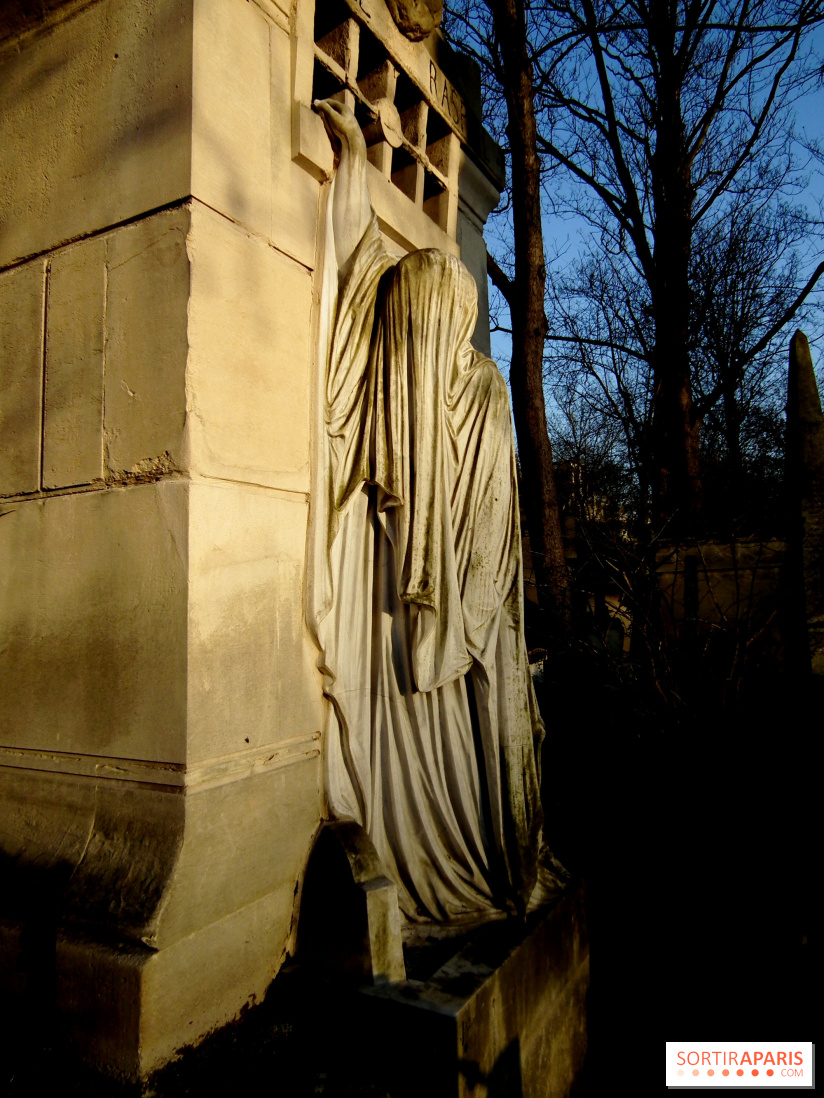Although Père Lachaise Cemetery is known the world over, it hasn't always been a popular place for many Parisians to be buried. In fact, its beginnings were rather difficult.
December 1, 1780 marked the closure of the Cimetière des Innocents, now known as Les Halles. This followed the application of a law dating back to 1765, which banned cemeteries inside cities for reasons of insalubrity. Bodies from the Innocents cemetery were transferred to the Paris catacombs.
The problem was that, after the closure of the Cimetière des Innocents, there was a shortage of burial sites in the capital. This led to the creation of several cemeteries in the early 19th century: the Montparnasse cemetery, the Montmartre cemetery, the Passy cemetery and, finally, the Père Lachaise cemetery.
The latter was designed byarchitect Alexandre-Théodore Brongniart (yes, like the Palais Brongniart), who imagined the site as an English garden. 



On June 18, 1804, the Père Lachaise cemetery welcomed its first inhabitant, a little girl aged 5 at the time of death:Adélaïde Paillard. She was soon joined by Reine Févez. However, most Parisians on the right bank, for whom the cemetery was intended, refused to be buried outside the capital's walls, and even more so in an area regarded as poor and working-class.
Thus, in its first year of operation, the cemetery housed just 13 graves, rising to 44 by 1805. Two years later, only 5 more graves were counted, a far cry from the gigantic necropolis we know today!
So how did the Père Lachaise cemetery become the cult site it is today? Thanks to a great communications coup! In order to make the cemetery more attractive to Parisians, the Prefect of Paris took a decision that completely changed the game: to transfer the remains of well-known and admired personalities to Père Lachaise.
Thus, the presumed bodies of the famous writer Molière and the celebrated fabulist Jean de La Fontaine lie side by side in this cemetery. The remains ofHéloïse and Abélard, a famous couple with a tumultuous history, are also transferred there.
A successful challenge! In 1815, the cemetery housed just 2,000 graves, but by 1830 it had grown to 33,000! Père Lachaise soon expanded to become the gigantic cemetery with 70,000 graves we know today, including those ofOscar Wilde, Proust, Balzac, Delacroix, Chopin, Edith Piaf and, more recently, Alain Bashung.
Opening hours:
November to mid-March:
8 a.m. to 5:30 p.m. Monday to Friday, 8:30 a.m. to 5:30 p.m. Saturday, 9 a.m. to 5:30 p.m. Sunday and public holidays.
Mid-March to October:
8am to 6pm Monday to Friday, 8:30am to 6pm Saturday, 9am to 6pm Sunday and public holidays.
Admission:
Free admission
Access:
Métro Philippe Auguste (line 2)
Métro Gambetta (lines 3, 3bis)
Bus 26, 60, 61, 69, 102
Please note that it's been over 4 years since our last visit, so the place and experience may have changed.
Location
Père Lachaise cemetery
Boulevard de Ménilmontant
75020 Paris 20
Official website
pere-lachaise.com



























